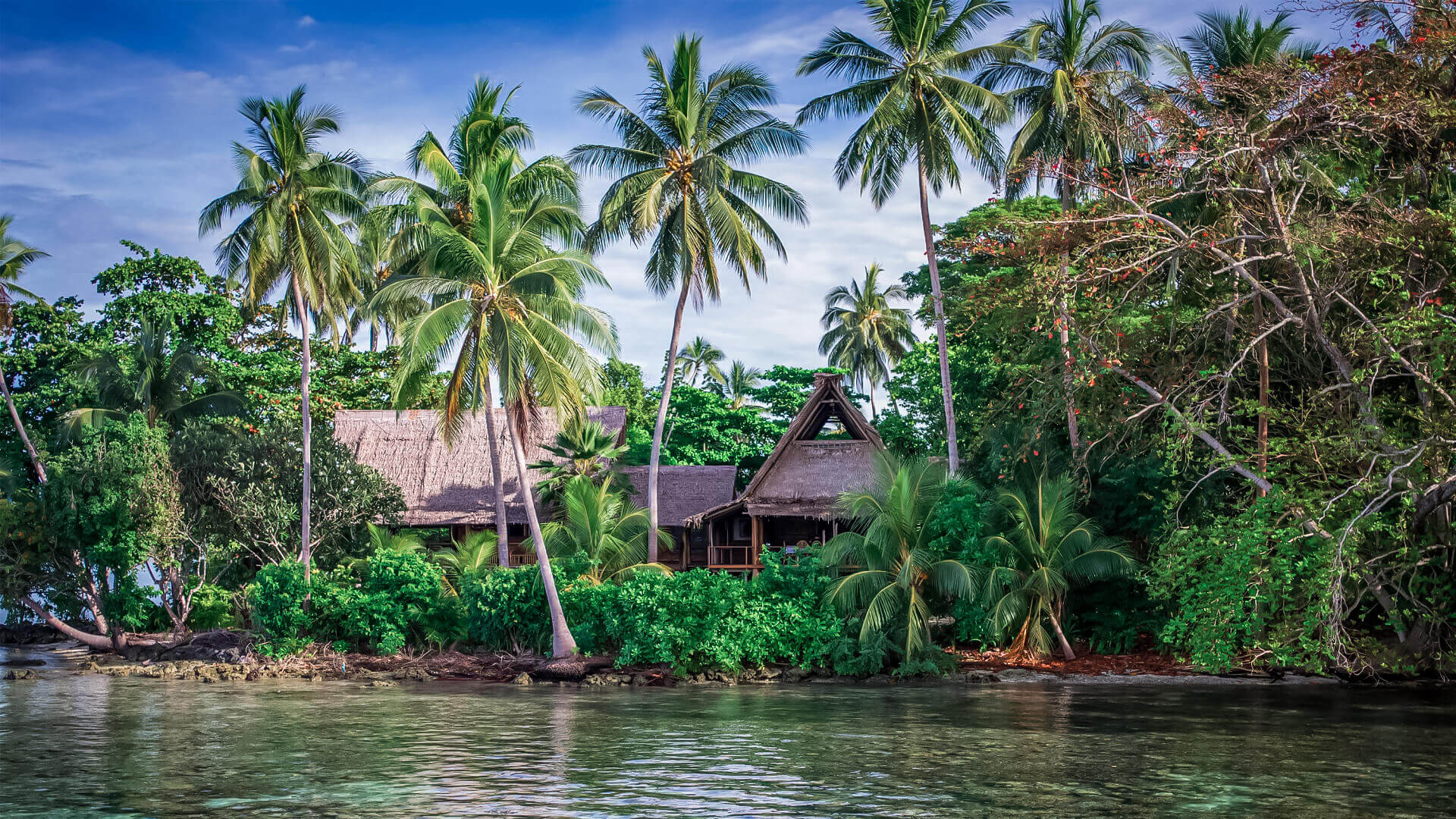[lwptoc]The Solomon Islands is a sovereign nation in Oceania that consists of six main islands and over 900 smaller islands. It is located to the east of Papua New Guinea and to the northwest of Vanuatu and has a land area of 28,400 square kilometers (11,000 sq mi). Honiara, the country’s capital, is situated on the island of Guadalcanal. The nation derives its name from the Solomon Islands archipelago, which comprises the North Solomon Islands (part of Papua New Guinea) but excludes outlying islands such as Rennell and Bellona, as well as the Santa Cruz Islands.
For thousands of years, people have lived on the islands. The first European to see them was the Spanish sailor lvaro de Mendaa in 1568, who named them Islas Salomón. When Captain Gibson R.N. of HMS Curacoa proclaimed the southern Solomon Islands a British protectorate in June 1893, Britain established its area of interest in the Solomon Islands archipelago. The Solomon Islands campaign (1942–1945) witnessed intense combat between the United States and the Empire of Japan, including the Battle of Guadalcanal.
In 1975, the then-British foreign territory’s official name was changed from “the British Solomon Islands Protectorate” to “Solomon Islands.” Self-government was established in 1976, followed by independence two years later. Today, the Solomon Islands is a constitutional monarchy, with the Queen of the Solomon Islands, presently Queen Elizabeth II, serving as its head of state. The current Prime Minister is Manasseh Sogavare.


